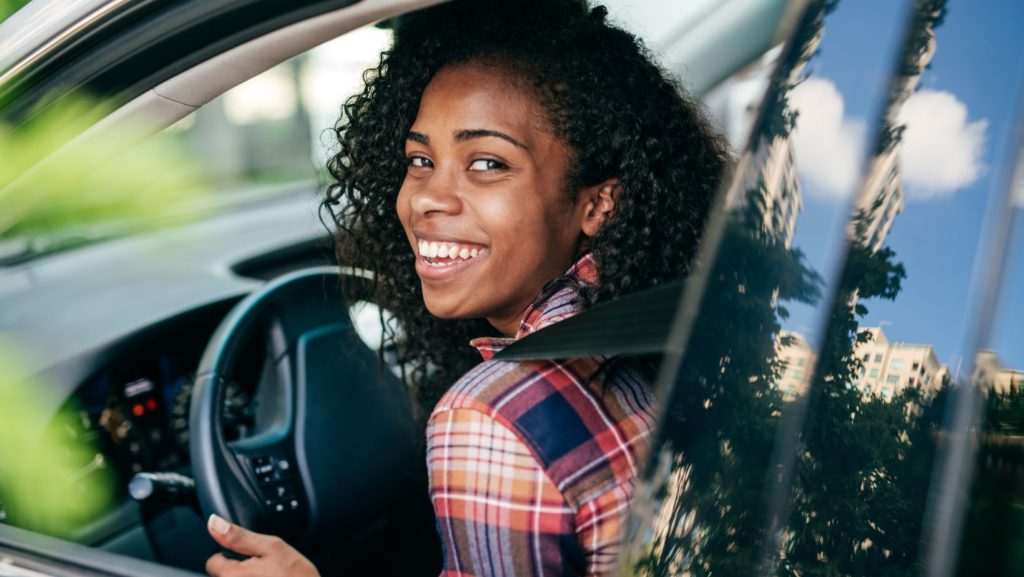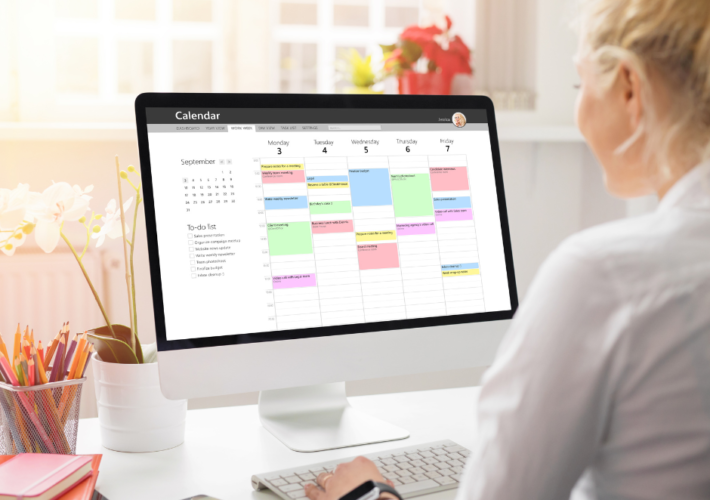Have you ever driven in another country? The experience can be quite intimidating. Between foreign traffic signs, the steering wheel sometimes on the opposite side of the car, and navigating new streets and neighborhoods, it’s no wonder au pairs often feel most nervous about this part of the job.
How can you support your au pair in building their driving skills and confidence while quickly delegating impending responsibilities of driving to soccer practice, school pick up, and dance class?

Here are some of Au Pair USA’s best tips to ramp up your au pair’s driving ASAP.
Talk about driving before your au pair arrives.
Besides doing your due diligence during the interview process when it comes to driving, be a resource for your au pair before their arrival by informing them of important rules, differences, and expectations beforehand. For example,
- Is the car automatic or manual?
- Do the kids use car seats?
- Is there a study guide they can begin reviewing to prepare for your state’s driving test?
- Are there specific rules with regards to car usage (curfew, friends allowed, gas replenishment)?
Talking about these topics is great, and reinforcing the information in written format is even better so nothing is lost in translation. For non-native English speakers, seeing the information in writing can often be extremely helpful in ensuring comprehension and retention.
Practice driving from the start.
When it’s time to start practicing driving, remember to start slow. No matter how long your au pair has been driving in their home country, remember they’re in a new place now and using a different car. There are also different rules, signs, and signals. Consider starting in an empty parking lot, as if your au pair were just learning to drive for the first time. Then, move to some residential, quiet streets. Once they’re comfortable there, begin driving on main roads and highways if necessary.
Set a good driving example for your au pair.
It’s always important to avoid distractions while driving. Ensure you are not using your cell phone or become distracted by the radio or kids in the car. If someone or something needs your attention, pull over safely to manage the situation so you can set the right example for your au pair.
Reinforce common things you wouldn’t necessarily think to cover. For example, let your au pair know your children always sit in the back seat (unless they’ve reached the weight/height requirement to move to the front passenger seat). Show them how to use your car seats or boosters if applicable and watch them do it themselves a few times.
It is also a very good idea to remind the au pair that children are never to be left alone in a car, not even for a minute! Besides the illegality and safety concerns, it can be life threatening as children overheat more quickly than adults do. The National Safety Council and Au Pair USA provide great reminders for safety on this topic.
Boost your au pair’s confidence.
Your au pair is likely to be nervous at first. You can create a calm environment by being fully present and complimenting them when they do something right.
If you feel your au pair could benefit from professional driving training, ask your Local Coordinator for some recommendations. Sometimes a few lessons from a trained professional is all it takes for an au pair to thrive in this part of their role.
Au Pair USA offers tons more information and resources to prepare au pairs for driving in the U.S. Encourage your au pair to visit their passport portal and access additional training information—including an entire chapter of the Home Orientation Handbook—so they (and you) feel confident to drive during your year together.



